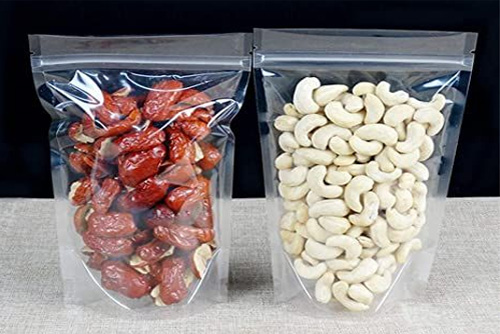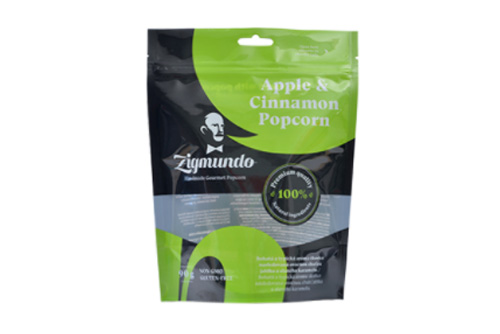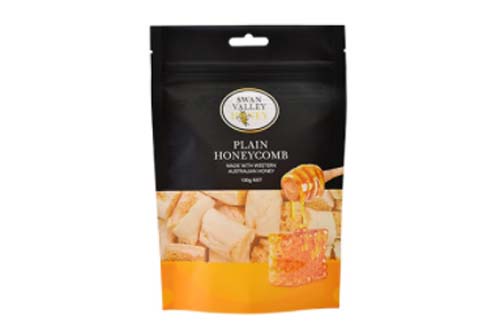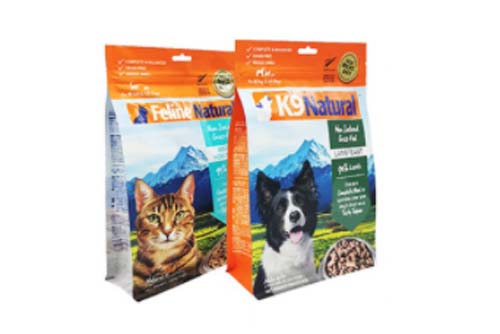
Stand-up pouches are a type of flexible packaging used for both food and non-food products. They get their name from their structural design that allows them to stand on their own, unlike most other pouch designs. As a product manufacturer, this would work to your advantage as it would make it easy to display your products on retail shelves.
That said, it would be advisable to understand the structure of stand-up pouches before you choose it as the preferred packaging for your product. What are they made of? Are such materials compatible with your product and would they provide a sufficient barrier? Read on for answers to these and other pertinent questions you may have regarding stand-up pouches.
Table of Contents
LogosPack
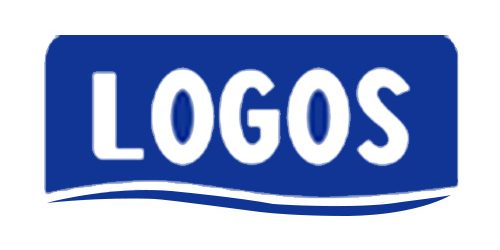
Company Details
- Location: Fushan, China
- Company type: Manufacturing and Packaging
- Year founded: 2005
- Number of employees: -
- Key Products: Flexible Packaging
Other products include:
LogosPack was established in 2005 amid growing demand for high-quality flexible packaging products in China and beyond. To plug that deficit, the company quickly established itself as the number one maker of plastic materials in Fushan, and within no time, they were getting orders from other parts of the vast Asian nation.
Today, LogosPack handles even international flexible packaging supplier exports and continues to create high quality recycled product packaging like spout pouches that are used in the food and beverage industries, big pharma, chemical industries, among many others.
The Structure
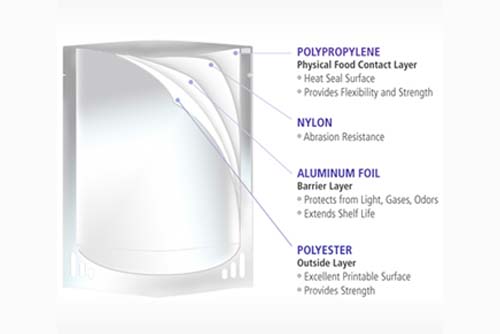
Source: www.packaging-labelling.com
A stand-up pouch has a narrow top and a wider base that gives it an upright stance. Overall the structure usually is well-streamlined and lightweight. However, though it may not seem like it, a stand-up pouch is made up of 3 layers:
- The outermost layer that you see and touch
- A middle layer which acts as a barrier
- An innermost layer that contains the product
Each of these layers is often made of a different material because they each play a unique role. Sometimes the materials used can also vary depending on the product being packaged. Food products, for instance, require food-grade materials to meet FDA standards.
The Outermost Layer
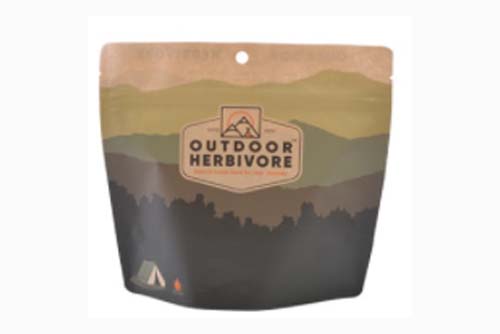
The outermost layer of a stand-up pouch is usually made of plastic. The specific type of plastic may vary from one brand to the next but PET is preferred. This is because it is transparent and can be printed on. Nevertheless, other materials such as Kraft paper are equally ideal and can be just as high-performing. If the material chosen for the outer layer is not robust enough to handle digital printing or rotogravure, branding will have to be done on the mid-layer.
Aside from branding and aesthetics, the outermost layer of a stand-up pouch plays a structural role. It is a protective cover for the internal layers of the pouch. It makes it harder for the pouch to get punctured during handling. Moreover, even in the event that it is punctured, it is unlikely that the tear will go all the way to the product contents.
The Middle Layer
The middle layer is a protective barrier. It can be made of aluminum foil, metalized film, or PET. The choice of material here is usually determined by how high of a barrier level is required. However, each material has its pros and cons.
Aluminum Foil
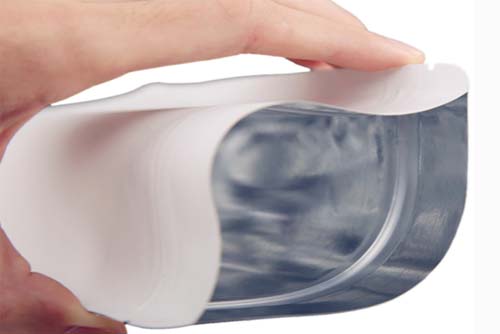
Source: www.kmart.com
If a product needs to be shielded against oxygen and moisture, aluminum foil would be the best choice. It is moisture repellant and non-porous. The highs and lows of having this type of mid-layer in a stand-up pouch include:
PROS
The product would be protected from light if it is photosensitive
Aluminum foil has a stronger structure and is thus more puncture resistant
It handles printing processes well
CONS
Stand-up pouches with aluminum foil are a bit more expensive
Aluminum is a metal and thus pouches lined with it can not be used in microwaves
Metalized Film
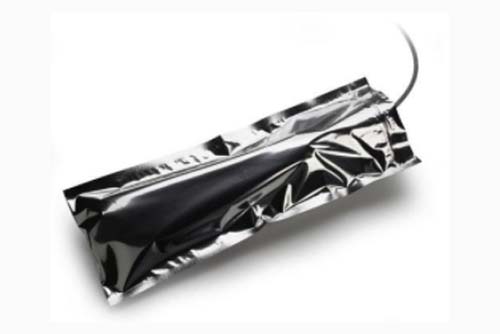
Source: Amazon
Metalized film is not fully made of metal. It is just blended with metallic components. It, nonetheless, provides the next best choice to actual aluminum. Its performance is also good but only if it is applied for products that do not require a high moisture or aeration barrier.
PROS
It is opaque and shields photosensitive products from degradation by light
Pouches lined with metalized film are affordable
It provides a decent product barrier and puncture resistance
It handles printing well
CONS
Compared to aluminum, its moisture barrier is lower
Customers cannot see the product because metalized film is opaque
Plastic Mid-layer Material
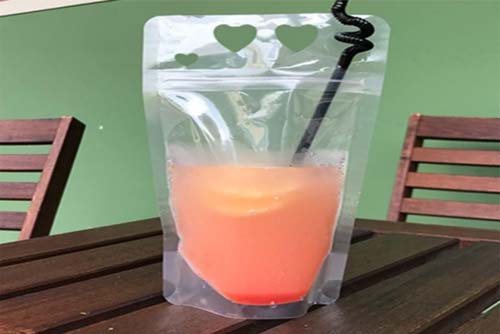
Source: Pinterest
One of the greatest advantages of plastic is that it is available or can be developed in different grades. A plastic mid-layer can, therefore, be made to deliver a high or a low barrier depending on what the product requires.
PROS
The see-through nature of plastic allows customers to see the product which can be great for marketing
Plastic is non-reactive with most products
Stand-up pouches lined with plastic are microwaveable
Plastic provides a high-barrier and a robust pouch structure
CONS
The transparent nature of plastic can make branding difficult
Customers can sometimes be wary of plastics due to BPAs
The Interior Layer
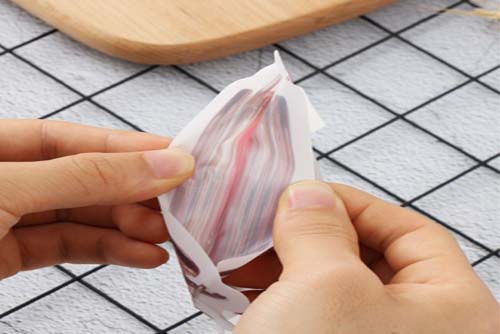
Source: Pinterest
The innermost layer of the stand-up pouch holds the product contents. It is the first barrier of protection and plays a significant role in preserving the quality of a product. Polyethylene is a popular choice for this due to its high barrier capabilities.
Additionally, the material used for this layer needs to be chosen carefully to suit the product. Low-quality materials in food packaging, for example, can sometimes interfere with the taste and consistency. Special considerations also need to be made for chemical products like motor oil which are flammable and have the potential to be corrosive. Suffice to say, the choice of material is crucial here too.
All 3 layers are cut depending on the size of the stand-up pouch to be made. They are then aligned together and heat-sealed to form a combined multi-layer barrier. It is important that all air and moisture between the layers is evacuated during the heat sealing process to ensure the integrity of the barrier.
Closures
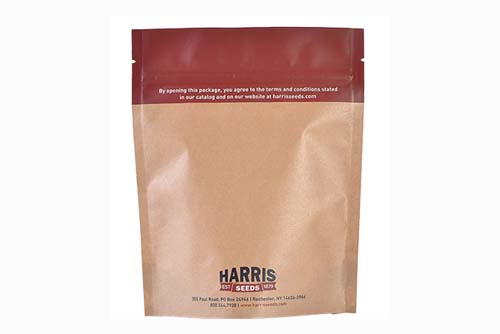
Closures are accessories added to the design of a stand-up pouch to make it easy to open them. They include:
- A tear notch
- A press-to-close zipper
- A ziplock
- A spout
Zippers are ideal if you would like consumers to be able to reseal your product for later consumption. They may appreciate it because it allows them to consume the product at their pace while being able to preserve its freshness. Resealability is also especially important for products packaged in large quantities as opposed to single-serve portions.
A spout, on the other hand, may be suitable for products in liquid form. In the food industry, this would entail beverages and pureed baby food products. For the non-food industry, spouts would work great for stand-up pouches containing cosmetics, liquid detergents, or motor lubricants.
Custom Stand-up Pouches
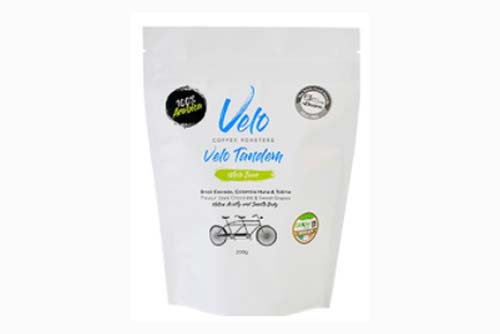
Product formulas and target consumer markets are unique. As such, conventional stand-up pouch designs may not work for your product or brand. For such instances, custom stand-up pouches may be a better option. It would allow you to consult with a flexible packaging design team and come up with a stand-up spout structure or material combination that meets your specific needs.
Conclusion
All features considered, a properly designed stand-up pouch is a versatile flexible packaging solution. It can be used for different products, is customizable, and offers great product preservation. Engaging the right stand-up pouch manufacturer could have your product becoming the talk of your industry in no time.

